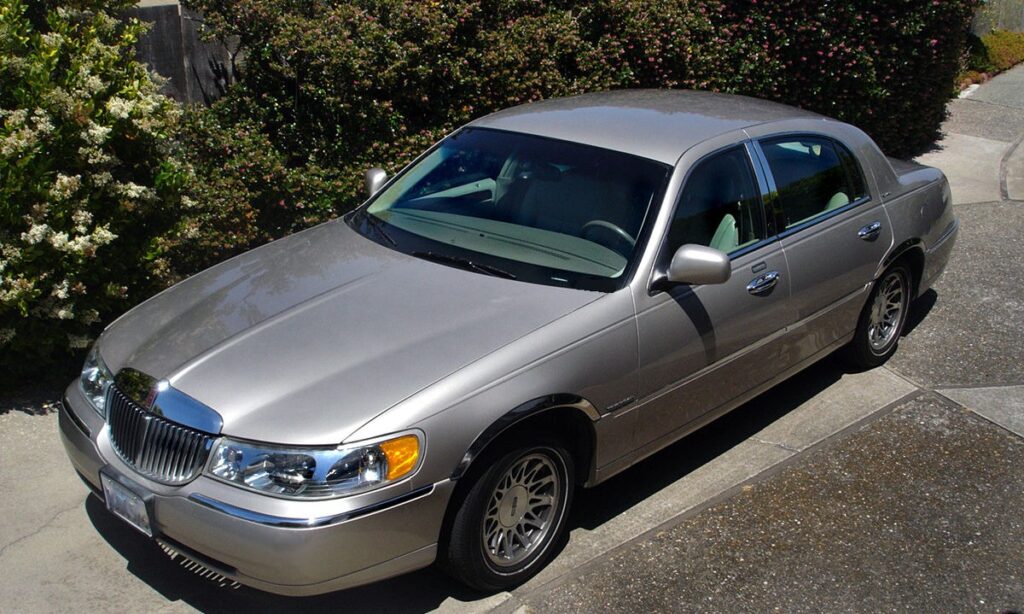
You know that annoying pause when you floor it from a stoplight? That sluggish moment where your turbocharged engine takes forever to wake up? Racing drivers solved this decades ago with left-foot braking—a technique that keeps your engine primed while you slow down. The “hidden horsepower” isn’t extra power; it’s eliminating the lag that wastes what you already have.
Professional racing instructors routinely recommend this technique for its measurable time-saving and handling benefits. The method works particularly well in automatic transmissions and paddle-shift cars where your left foot sits idle, waiting to unlock performance you never knew existed.
The 10-Second Drill That Changes Everything
Master this simple exercise to unlock instant throttle response in automatic cars.
Find a safe, empty parking lot and try this: Keep your left foot on the brake pedal and right foot on the accelerator. Rev to about 2,000 RPM while applying moderate brake pressure, then smoothly release the brake while holding the throttle. Your car launches instantly instead of that typical automatic transmission hesitation.
This works because your engine stays spooled up, turbo boost remains active, and the transmission stays engaged. The RPM stays high, eliminating the dead space most drivers experience when transitioning from brake to accelerator—so acceleration becomes instantaneous at corner exit or launch.
Why Formula 1 Drivers Swear by This Technique
Maintaining engine revs during braking creates instantaneous acceleration at corner exits.
Professional drivers use left-foot braking to shave tenths off lap times by overlapping brake and throttle inputs. Rally drivers rely on it for precise car control on twisty stages, while karting champions consider it essential for competitive lap times.
The technique eliminates that dead moment between lifting off the brake and getting back on power—your engine’s already spinning at optimal RPM when you need acceleration. Track day enthusiasts report feeling the difference immediately at corner exits, with smoother weight transfer and improved car balance throughout challenging sections.
Practice Makes Perfect (and Safe)
This technique requires careful practice to avoid drivetrain damage or jerky inputs.
Left-foot braking demands finesse that your left foot probably lacks. Initial attempts feel clumsy because that foot isn’t trained for precise brake modulation. Start slowly in controlled environments—accidentally riding both pedals simultaneously can stress your drivetrain or confuse electronic systems.
Manual transmission drivers face additional complexity since the clutch occupies your left foot during gear changes, making the technique impractical during most driving scenarios. Some modern vehicles also have pedal placement or electronic systems that complicate simultaneous brake and throttle inputs.
Master the technique gradually through repeated practice sessions, and you’ll access performance that feels like a free upgrade hiding in your pedal box. Just remember: this unlocks response, not actual horsepower—but sometimes eliminating lag is all you need to transform your driving experience.
Last modified: November 7, 2025







